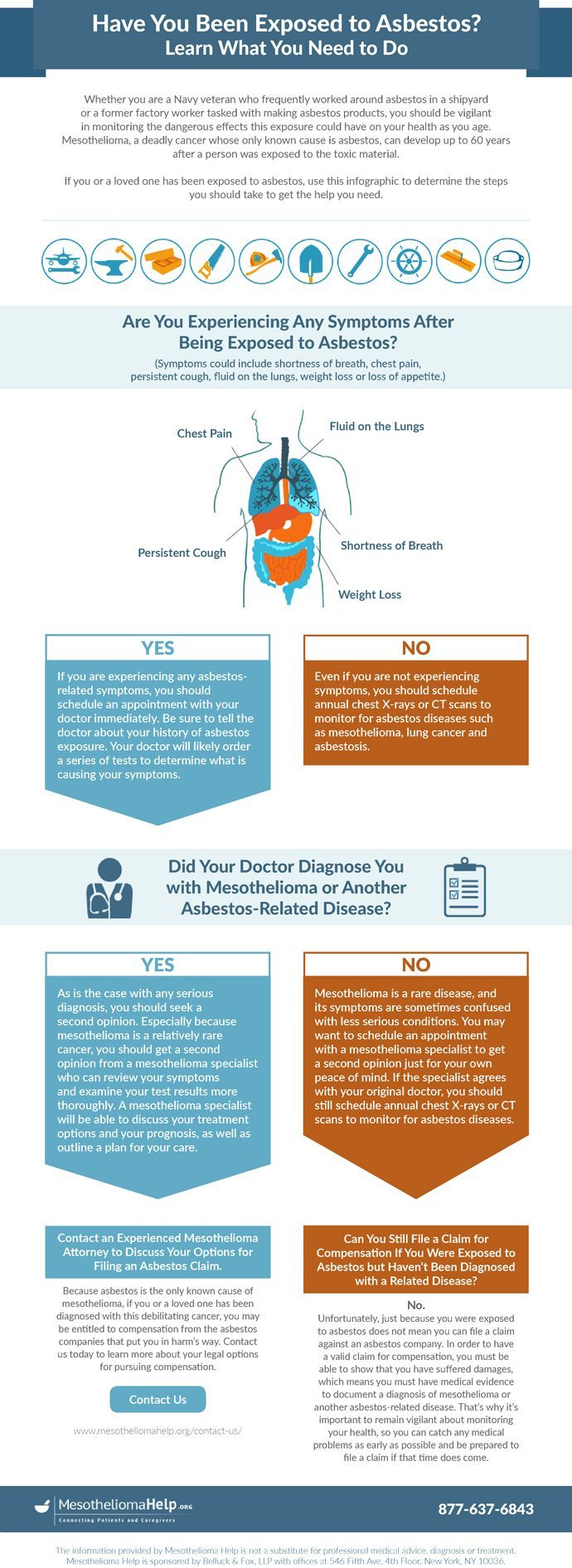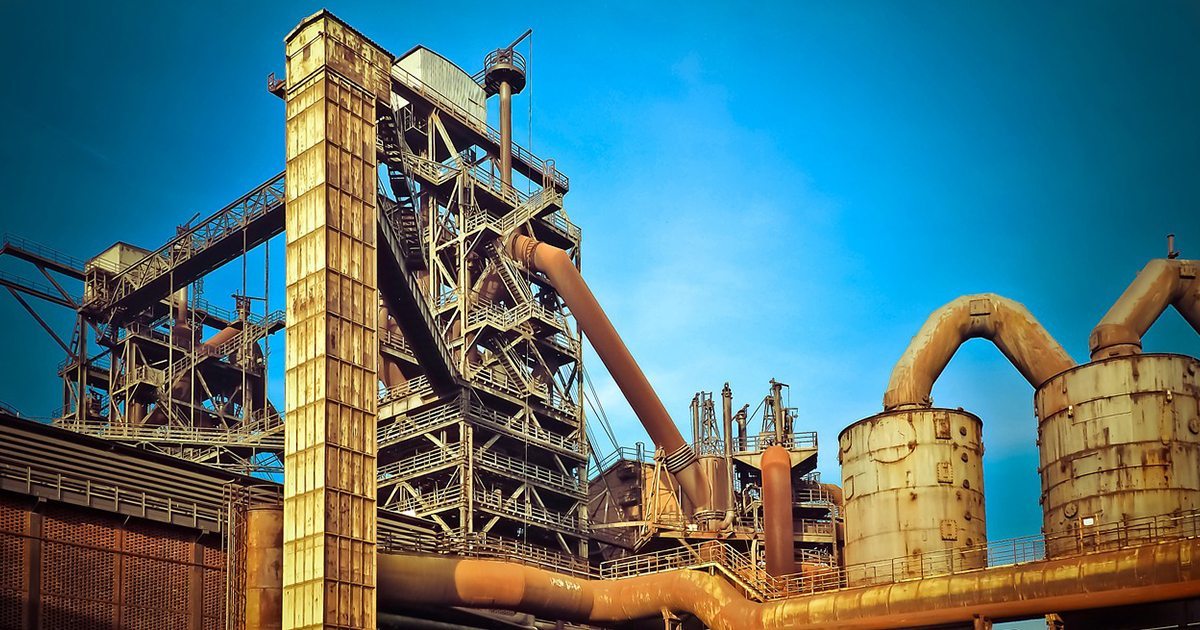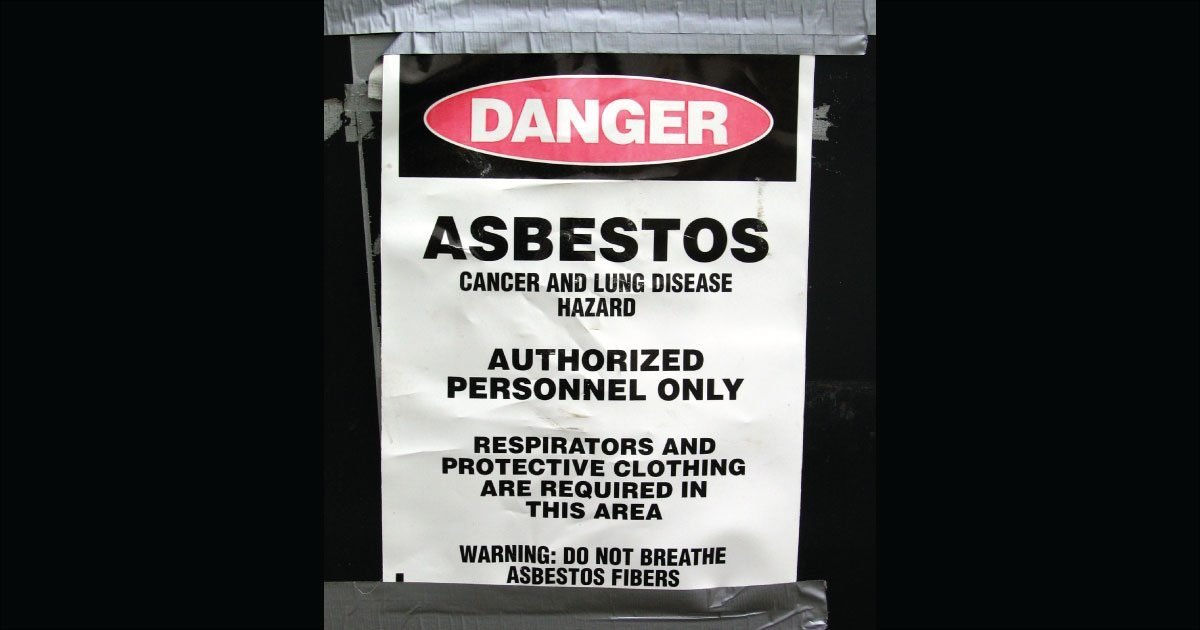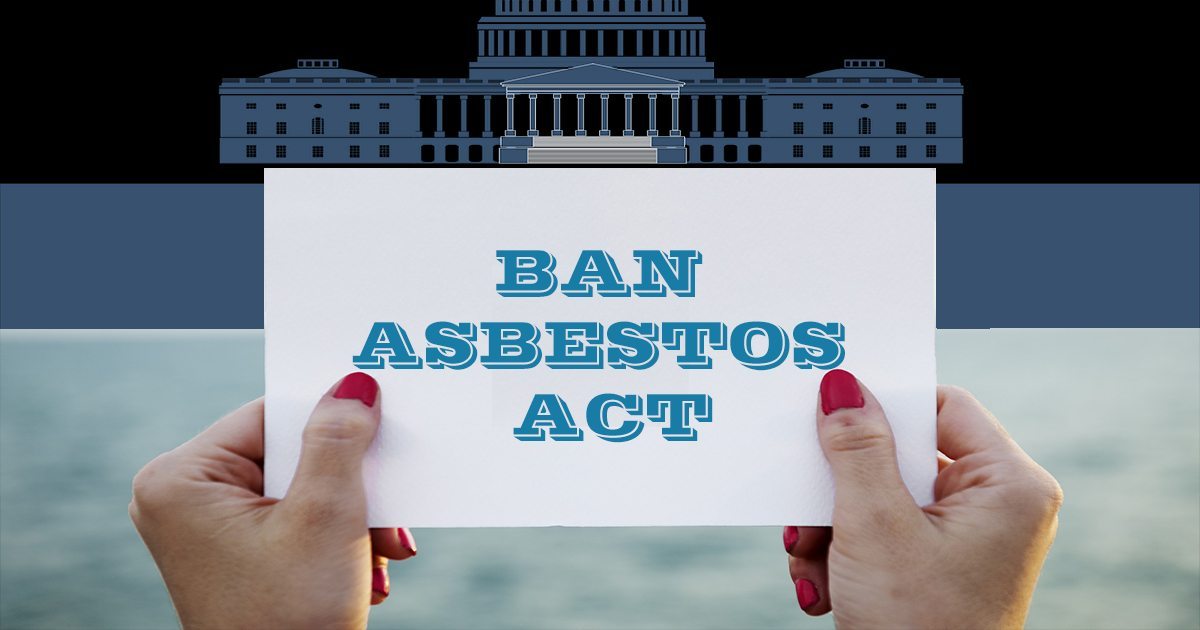Category: Asbestos Exposure

Steps you Need to Follow If You Have Been Exposed to Asbestos
Whether you are a Navy veteran who frequently worked around asbestos in a shipyard or a former factory worker tasked with making asbestos products, you should be vigilant in monitoring the dangerous effects this exposure could have on your health as you age.
Mesothelioma, a deadly cancer whose only known cause is asbestos, can develop up to 60 years after a person was exposed to the toxic material.
If you or a loved one has been exposed to asbestos, use this infographic to determine the steps you should take to get the help you need.

Contact an Experienced Mesothelioma Attorney to Discuss Your Options for Filing an Asbestos Claim.
Because asbestos is the only known cause of mesothelioma, if you or a loved one has been diagnosed with this debilitating cancer, you may be entitled to compensation from the asbestos companies that put you in harm’s way.
Contact us today to learn more about your legal options for pursuing compensation.

Study Shows That Asbestos Risks Remain Decades After Industry Departs
An Italian study published back in May found that malignant mesothelioma cases tend to be concentrated around industrial facilities that use asbestos. A new Italian study finds that mesothelioma incidence near industrial areas remains high long after an asbestos-using industry ceases operations.
Asbestos is the only known cause of mesothelioma, an incurable cancer affecting the membranous lining of the lungs and abdomen. Most cases of mesothelioma are related to occupational asbestos exposure. Cement factories, shipyards, automotive plants, food processing facilities, power plants, and steel plants are among the major sources of occupational asbestos exposure.
Not all asbestos exposure, however, is directly attributable to a person’s work activities. People can also be environmentally exposed to asbestos in areas where asbestos industries operate.
One such area is Casale Monferrato in Northwest Italy, the former home of the Eternit asbestos-cement plant, which closed in 1986. An Italian court in 2012 convicted the plant’s owners of causing the asbestos-related deaths of more than 3,000 people. While many of those people worked at the Eternit plant, others merely lived near the plant.
Casale Montferro is the subject of a study published recently in Occupational & Environmental Medicine. The study authors identified 200 cases of pleural mesothelioma diagnosed in Casale Montferro residents between 2001 and 2006 in an effort to quantify the association between pleural mesothelioma and asbestos exposure.
They discovered that the odds ratio (OR, a measure of association between an exposure and an outcome) of an asbestos-exposed individual developing mesothelioma ranged from 4.4 to 62.1, with increased exposure over time resulting in a higher OR. Subjects never occupationally exposed to asbestos had a mesothelioma OR of 3.8 to 23.3, while an OR of around 2 was observed for people living in homes near buildings with large asbestos cement parts.
The findings draw attention to the fact that asbestos health risks linger in the environment long after asbestos industries vacate. In addition, they serve as a reminder that asbestos disease can occur in people who never directly handled asbestos on the job.
“Risk of [pleural malignant mesothelioma] increased with cumulative asbestos exposure and also in analyses limited to subjects non-occupationally exposed. Our results also provide indication of risk associated with common sources of environmental exposure and are highly relevant for the evaluation of residual risk after the cessation of asbestos industrial use,” write the study authors.
The Italian study has implications for America and other countries with a history of industrial asbestos use. U.S. asbestos use peaked in the mid-70s, but asbestos diseases, which have a latency period of 10-40 years or more, continue to kill an estimated 12,000-15,000 Americans.
But the United States, unlike Italy, has not banned asbestos. While both countries deal with the residual presence of asbestos-containing materials from a bygone industrial era, the United States is unique among industrialized nation for its ongoing importation and use of asbestos.
Anyone interested in taking part in the fight against asbestos should visit the EWG Action Fund website.

OSHA Sampling Shows Asbestos Air Measures Above Permissible Limits
An analysis of air sampling data in four industries shows breathable asbestos levels well above limits set by the Occupational Safety and Health Administration (OSHA).
OSHA established in the late 1980s a permissible workplace exposure limit of 0.2 fibers per cubic centimeter of air (0.2 f/cc), averaged over an eight-hour work shift. It also set a short-term limit of one asbestos fiber per cubic centimeter of air (1 f/cc) averaged over a 30 minute sampling period.
But according to an analysis of OSHA air sampling data collected over the period 1984-2011, personal air samples frequently exceeded OSHA exposure limits for four asbestos-using industries, with some measurements reaching as high as 175 f/cc.
“Asbestos compliance sampling data associated with the construction, automotive repair, manufacturing, and chemical/petroleum/rubber industries included measurements in excess of 10 f/cc, and were above the permissible exposure limit from 2001 to 2011,” writes lead researcher Dr. Dallas M. Cowan in a study published in Regulatory Toxicology and Pharmacology.
http://www.sciencedirect.com/science/article/pii/S0273230015001014
Airborne asbestos fibers result from raw asbestos used in manufacturing and the handling of asbestos products, which remain legal in the United States despite the dangers of asbestos exposure being established in scientific literature by the 1960s. Asbestos fibers in any amount can cause mesothelioma and other diseases, even with only one exposure incident.
Asbestos-containing products such as cement sheet, roofing products, and automotive components continue to be manufactured, imported, processed, and distributed in the United States. The Environmental Working Group (EWG) reports that over the last decade alone, more than 8 million pounds of raw asbestos have entered U.S. ports in addition to hundreds of shipments of asbestos-containing products. A recent EWG analysis puts the number of annual U.S. asbestos deaths at 12,000-15,000.
Construction workers can encounter asbestos while installing new products or while working on buildings with existing asbestos products. Automotive repair workers create asbestos dust when working on vehicle brakes, transmission components, and engines. Manufacturing workers who make products with raw asbestos are also at risk of exposure, while workers in the chemical/petroleum/rubber industries come into contact with asbestos-insulated machinery, asbestos gaskets, asbestos construction materials, and other asbestos products.
Complete Ban on Asbestos Needed
The Cowan report doesn’t contain all bad news. It also notes “historically decreasing trends in the consumption of asbestos,” declining mesothelioma incidence rates, and declines in airborne asbestos concentrations in some industries over the past 30 years.
Short of a complete asbestos ban, however, asbestos products will continue to put thousands of American lives per year at risk. Creating an asbestos-free future means acting now, since mesothelioma can take 15 to 50 years or more to develop following exposure to asbestos. Currently two competing bills—one that calls for an outright asbestos ban and another that does not and is generally viewed as more pro-chemical industry—are facing off in Congress.
Workers who believe they’re being exposed to asbestos can report the alleged violation to OSHA, which has the authority to impose monetary penalties on companies that expose workers to asbestos and other workplace hazards. Workers who are diagnosed with an asbestos disease may wish to assess their legal options.
“Analysis of workplace compliance measurements of asbestos by the U.S. Occupational Safety and Health Administration (1984-2011)” can be read in full on ScienceDirect.
http://www.sciencedirect.com/science/article/pii/S0273230015001014

EWG Analysis: Asbestos Kills 12,000-15,000 Americans per Year
A new analysis by the Environmental Working Group (EWG) finds that asbestos kills significantly more Americans each year than previously estimated—and the actual asbestos death toll may be much higher.
Using data from the Centers for Disease Control and Prevention (CDC) database, EWG calculated that from 1993 to 2013, 189,000 to 221,000 people (12,000 to 15,000 per year) died from mesothelioma, lung cancer, and asbestosis in the United States.
EWG says that public records of U.S. asbestos-related deaths are imprecise, however, and that their estimate is conservative.
“As shocking as these figures are, they may be too low,” said epidemiologist and former assistant Surgeon General Dr. Richard Lemen in a press release from EWG Action Fund.
http://www.prweb.com/recentnews
“The report did not estimate deaths from the other-asbestos-related diseases. Furthermore, some studies suggest even higher lung cancer rates in asbestos-exposed workers,” said Lemen.
According to EWG, 39,870 American died from mesothelioma, an incurable cancer caused exclusively by asbestos exposure, from 1999 to 2013. Over the same period, EWG estimates that 20,317 Americans died from asbestosis, a type of lung scarring caused by asbestos fibers, while as many as 159,480 died from asbestos-related lung cancer.
In addition to deaths from these causes, it is believed that asbestos exposure can also cause cancers of the larynx, pharynx, stomach, colon, ovaries, and rectum. An older study by EWG that includes asbestos-related gastrointestinal cancer puts the number of annual U.S. asbestos deaths at around 10,000.
U.S. asbestos use peaked in the 1970s and the carcinogenic mineral fiber is no longer mined in this country, but it continues to be imported and used in a wide range of products. An EWG analysis of U.S. port records indicates that at least 8 million pounds of raw asbestos have arrived here since 2006.
EWG’s figures indicate that there was no apparent decline in asbestos deaths from 1999 to 2013. There were 2,481 mesothelioma deaths in 1999 compared to 2,686 in 2013 and a high of 2,874 in 2012. Asbestosis deaths were virtually identical in 1999 and 2013 (1,258 vs. 1,229). Both EWG’s lower and higher estimate of lung cancer deaths show increases from 1999 to 2013.
This can be attributed to the long latency period of many asbestos diseases. Mesothelioma, for example, can take 15-50 years or more to develop from the time of initial asbestos exposure.
Given the lag between asbestos exposure and disease onset, asbestos disease rates will likely remain high for years to come. One expert estimates that within the next three decades 300,000 Americans will die from asbestos.
“The only way to see the numbers of asbestos-related fatalities significantly decline among Americans is for our elected leaders to adopt an outright ban on the deadly substance,” said Sonya Lunder, author of the EWG report, “Asbestos kills 12,000-15,000 people per year in the U.S.”

Senators Introduce Legislation That Calls For U.S. Asbestos Ban
Senators Barbara Boxer (D-CA) and Edward Markey (D-MA) have introduced a bill that would strengthen the country’s chemical protection laws and specifically ban asbestos use.
The Boxer-Markey bill, called the Alan Reinstein and Trevor Schaefer Toxic Chemicals Protection Act, aims to reform the 1976 Toxic Substance Control Act (TSCA). According to a U.S. Senate press release, the bill’s key provisions include a requirement that the Environmental Protection Agency (EPA) act quickly to consider a ban on asbestos. Asbestos remains legal in the United States despite being a significant cause of occupational death. The bill also maintains states’ rights to protect people from dangerous toxic chemicals.
A report from The Hill says that the Boxer-Markey bill is an alternative to the bipartisan chemical reform bill introduced earlier in the week by Sens. Tom Udall (D-NM) and David Vitter (R-LA). That bill does not address the issues of states’ rights or an asbestos ban. Environmentalists, consumer advocates and Sens. Boxer and Markey claim that the Udall-Vitter bill was influenced by the chemical industry.
The namesakes of the Boxer-Markey legislation, Alan Reinstein and Trevor Schaefer, are both cancer victims. Alan Reinstein died from the asbestos-related cancer mesothelioma in 2006. He was the husband of Linda Reinstein, co-founder of the Asbestos Disease Awareness Organization (ADAO). Ms. Reinstein criticized the Vitter-Udall bill in an ADAO press release for not addressing asbestos, a human carcinogen that, according to the ADAO, claims 10,000 American lives and 107,000 lives worldwide each year.

Ms. Reinstein said she applauds Sens. Boxer and Markey for their leadership in taking steps to eliminate exposure to asbestos, the cause of the most occupational deaths in history.
Despite Dangers, Asbestos Remains Legal in U.S.
It has been known for decades that asbestos poses a danger to human health. A 1989 EPA-issued final rule to the Toxic Substances Control Act banned most asbestos-containing products, but this rule was overturned in 1991 by an appeals court.
The asbestos industry lobbied aggressively to overturn the ban and today it is still legal to manufacture, import, process and distribute a wide range of asbestos products, including cement, clothing, flooring and roofing products, vinyl floor tile and automotive components.
Not all asbestos products are legal, however. Regulations passed in the 1970s outlawed products such as insulation, patching compounds and artificial fireplace embers.
Asbestos has not been mined in the United States since 2002, but the mineral fiber is still imported on a large scale. United States Geological Society documents show that in 2013, the U.S. imported 870 metric tons of asbestos.
The chloralkali industry—an element of the chemical industry—accounts for two-thirds of U.S. asbestos consumption.
Know more about Mesothelioma and how you can deal with it.
Sources
- U.S. Senate press release
http://www.epw.senate.gov/public/index.cfm?FuseAction=PressRoom.PressReleases&ContentRecord_id=9351d8b8-fcb8-e5c8-70b0-dd77260efd45 - United States Geological Society documents
http://minerals.usgs.gov/minerals/pubs/commodity/asbestos/mcs-2014-asbes.pdf - ADAO press release
http://www.asbestosdiseaseawareness.org/archives/31896 - The Hill
http://thehill.com/policy/energy-environment/235504-boxer-introduces-her-own-chemical-reform-legislation
Free Mesothelioma Patient & Treatment Guide
We’d like to offer you our in-depth guide, “A Patient’s Guide to Mesothelioma,” absolutely free of charge.
It contains a wealth of information and resources to help you better understand the condition, choose (and afford) appropriate treatment, and exercise your legal right to compensation.
Download Now